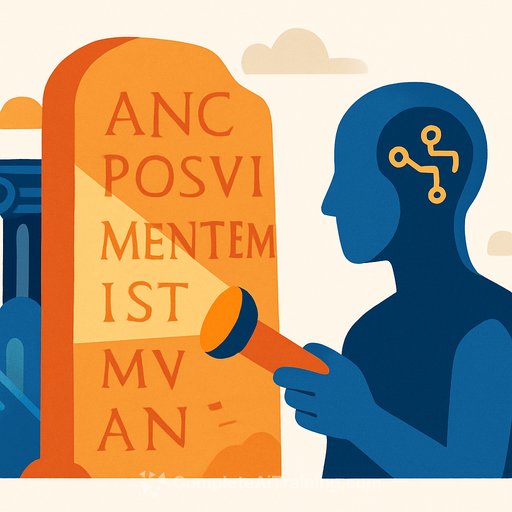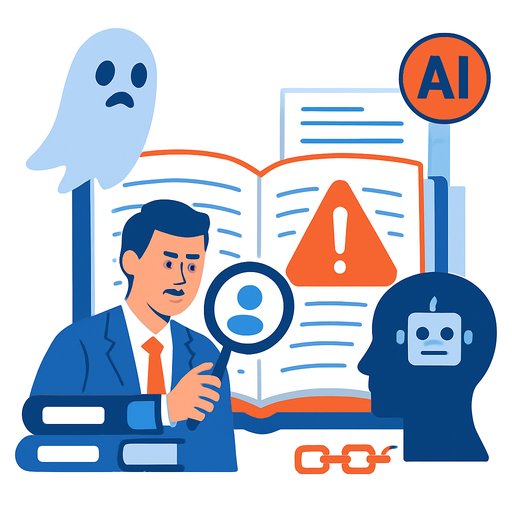A.I. Studies Ancient Roman History to Pinpoint Key Latin Inscription Date
Historians have debated the exact timing of the Res Gestae Divi Augusti, a significant Latin text attributed to Rome’s first emperor, Augustus. This first-person inscription chronicles his life and achievements, but uncertainty remains about whether it was inscribed before or after his death in A.D. 14. Some scholars have suggested the text dates back decades prior. The document is crucial for understanding Rome’s shift from republic to autocracy.
Now, artificial intelligence has stepped in to help settle this debate. A model developed by Google DeepMind has analyzed extensive evidence and proposes the inscription likely originated around A.D. 15, shortly after Augustus’s death. This finding was published in the journal Nature, highlighting how AI can assist historians by connecting isolated historical fragments to their broader social and historical contexts.
Contextualizing History with A.I.
The DeepMind model, named Aeneas after a Greco-Roman hero, specializes in identifying the social context of Latin inscriptions. Its approach is called contextualization. This process helps historians assemble historical information like puzzle pieces, clarifying when, where, and how certain inscriptions fit into the larger social narrative.
“Studying history through inscriptions is like solving a gigantic jigsaw puzzle,” explained one of the researchers. They emphasized that a single detailed piece on its own cannot provide the full picture without understanding its context.
Implications for Historical Research and A.I.
This AI-driven method offers a practical tool for historians to verify timelines and social meanings embedded in ancient texts. By automating the linkage of fragmented data to their social settings, it enables more precise historical narratives.
The success of Aeneas in dating the Res Gestae Divi Augusti illustrates how AI models can extend beyond typical scientific applications into humanities research, providing new ways to analyze and interpret historical evidence.
Further Learning
- Explore AI applications in historical research and beyond at Complete AI Training.
- Learn about the development and impact of AI in various fields, including language processing and contextual analysis, through specialized courses available here.
Your membership also unlocks:






